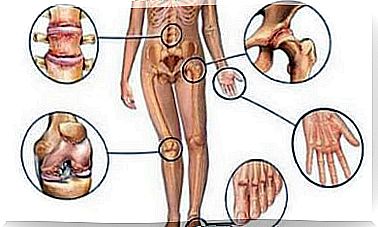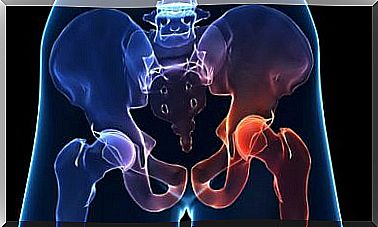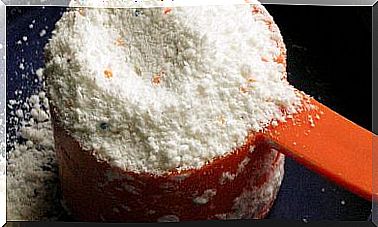Prevention And Treatment Of An Ingrown Toenail
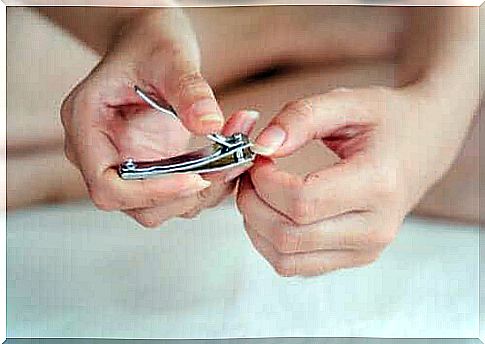
An ingrown toenail is a problem that usually affects the big toe. However , it can also affect other toes. It occurs when the nail grows and penetrates the skin of the toe, leading to pain and inflammation.
Prevent an ingrown toenail
Before you can prevent ingrown toenails, you must first know what is causing it. All in all, there are two types of predisposing factors to this disorder:
- Congenital factors : These are determined by the shape of a person’s foot. The most common changes are wide nails and changes in the toe or shape of the nail.
- External triggers: These are all external causes that cause a nail to get stuck in the skin of the toe. The most common causes are improper use of nail clippers, inappropriate footwear and trauma.
Prevention focuses on avoiding triggers, so you should follow these guidelines.
1. Wear suitable footwear
The use of narrow shoes increases the pressure on your toes, especially on the big toe and little toe. This can cause the nail to sink into the skin, causing pain and inflammation. Therefore , you must wear wide shoes and avoid high heels, as these put pressure on the toes due to the inclination of the foot and the pointed tip.
Another factor that promotes the appearance of ingrown toenails is not taking your footprint into account when choosing footwear. This is because the way you walk can affect the lateral parts of your nails.
To prevent this problem, you need to study your footsteps and choose shoes that suit your specific needs. You should also use special soles to reduce pressure points if you have to.

Poor hygiene and nail clipping can lead to an ingrown toenail
The most common cause of an ingrown toenail is incorrect nail trimming. To prevent this, you should follow a number of tips for the daily hygiene and care of your feet. You should also follow a number of guidelines for trimming your nails so that it does not cause this disorder:
- Place your feet in warm water so that the nail softens and is easier to cut.
- The right way to cut them is in a straight line. This is because they will grow against the skin and penetrate it if you round off the ends.
- You should file your nails carefully so that you do not leave any residue that can get into the skin.
- Use straight and precise nail clippers or scissors, not the curved ones.
- You need to dry your feet carefully when soaking them or after a shower and do not leave them wet for too long.
- You must also use a suitable soap and wash all areas where dirt can accumulate.
Treatment of an ingrown toenail
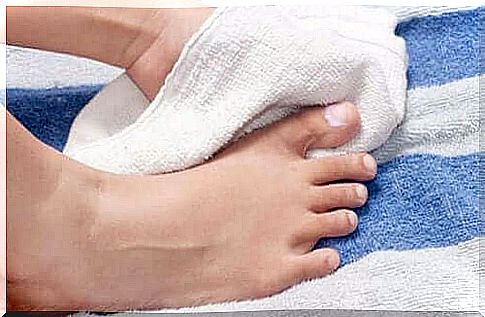
All in all, there are two types of treatment for an ingrown toenail:
Conservative treatment of an ingrown toenail
You can choose this treatment if there is no presence of granulomas. This is a reddish lump in the affected area consisting of blood vessels that usually bleed when touching objects.
This treatment involves making a clean cut along the edge of the nail to remove the part of the nail that is stuck in the skin. Afterwards, you must bandage the area so that the wound closes without becoming infected. You should also use techniques that promote proper growth of the nail . You can ask your doctor for recommendations.
Surgical treatment
If conservative treatment is not enough and the granuloma is present, you will need outpatient surgery. There are a number of techniques for treating an ingrown toenail, but the most common is to remove all or part of the nail, along with the infection. This will ensure that the problem disappears permanently.
If you have any questions, we recommend that you ask your doctor.



